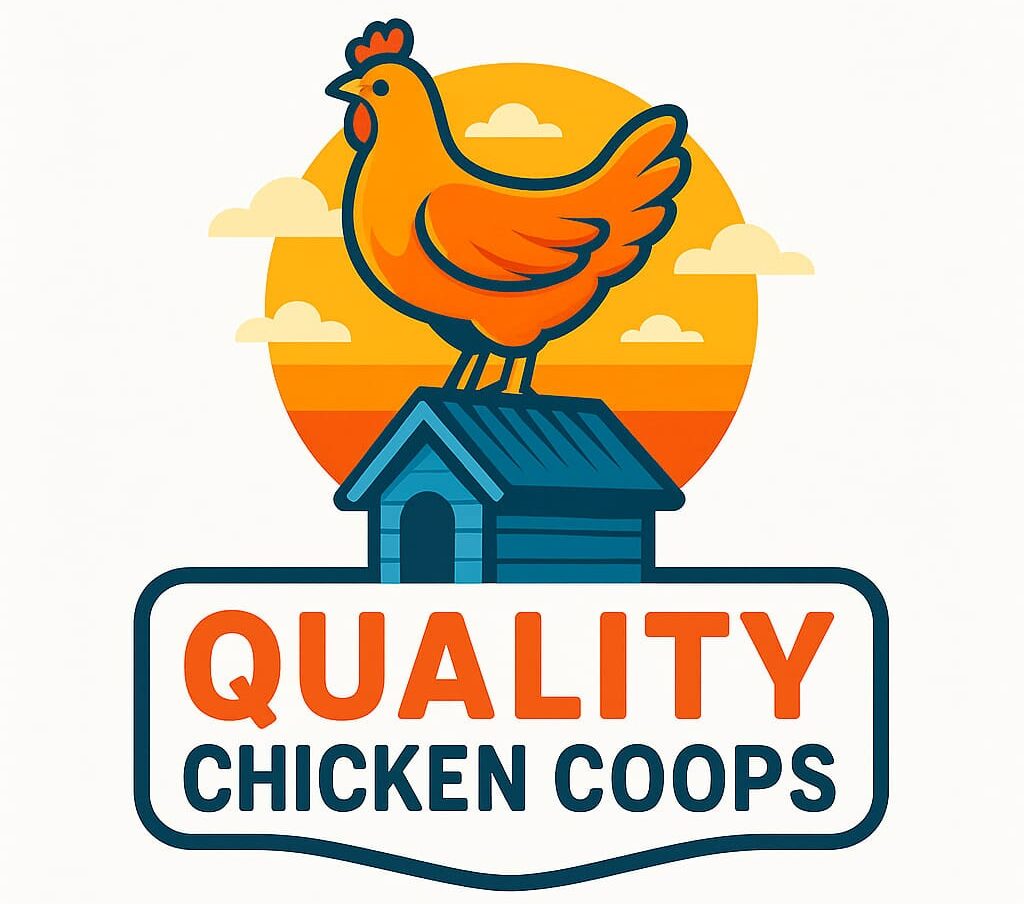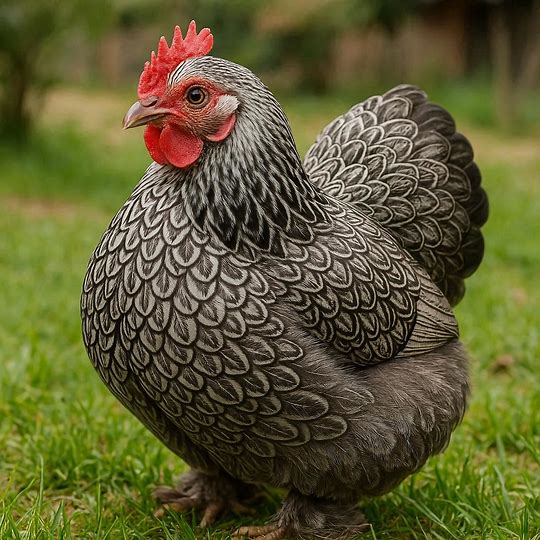Do You Need an Insulated Chicken Coop? Benefits for Cold Weather
Winter brings a unique set of challenges for chicken owners. As temperatures drop, a common question arises: Do you need an insulated chicken coop? The answer is more about moisture management than just warmth.
An insulated chicken coop can be beneficial, but it must be done correctly to avoid creating more problems than it solves. This guide breaks down the true benefits of a properly designed insulated chicken coop for cold weather.
The #1 Winter Threat: Moisture, Not Just Cold
Chickens are surprisingly cold-hardy. Their feathers provide excellent natural insulation. The real danger comes from humidity. Each chicken exhales a significant amount of moisture every day. In a tightly sealed coop, this moisture:
- Condenses on walls and ceilings.
- Dampens feathers, destroying their insulating ability.
- Leads to respiratory illnesses and dangerous frostbite on combs and wattles.
The primary goal of any winter coop design is to manage this moisture.
How a Properly Designed Insulated Chicken Coop Works
A well-built insulated chicken coop doesn’t just trap heat; it manages the environment. The insulation acts as a barrier:
- Keps the Interior Temperature More Stable: It prevents the coop from getting too cold at night and too hot during the day from the sun.
- Prevents Condensation: By keeping the interior wall surface closer to the air temperature, moisture is less likely to condense and freeze inside the coop.
- Reduces Drafts: While ventilation is key, insulation eliminates cold drafts directly on the birds while they roost.
Crucial Note: Insulation is useless without excellent ventilation. Vents near the roof allow warm, moist air to escape, drawing in drier, cold air from lower vents. This constant air exchange is vital.
The Downsides of DIY Insulation
Many owners try to retrofit insulation themselves, which can lead to problems:
- Creating Dead Air Spaces: Poorly installed insulation can create pockets where moisture gets trapped within the walls, leading to rot and mold.
- Pest Habitat: Materials like fiberglass batts or foam board can become a home for mites, lice, and rodents if not sealed perfectly.
- Pecking Hazard: Chickens will peck at exposed insulation, which can be a serious health hazard.
The Integrated Solution: Coops Designed for Winter
At Quality Chicken Coops, our winter-ready designs integrate protection seamlessly:
- Strategic Construction: We design coops with the optimal balance of thermal mass and ventilation points to regulate temperature and humidity naturally.
- Safe, Secure Materials: When insulation is used, it is implemented in a way that is completely sealed off from the interior of the coop, protecting your birds and the structure itself.
- Weatherproofing: Our coops are built to be draft-free yet well-ventilated, eliminating the need for risky DIY modifications.
An insulated chicken coop should make winter easier, not more complicated.
🛒 Ready for a coop that handles winter with ease? Explore our collection of durable, four-season chicken coops designed for health and safety.


